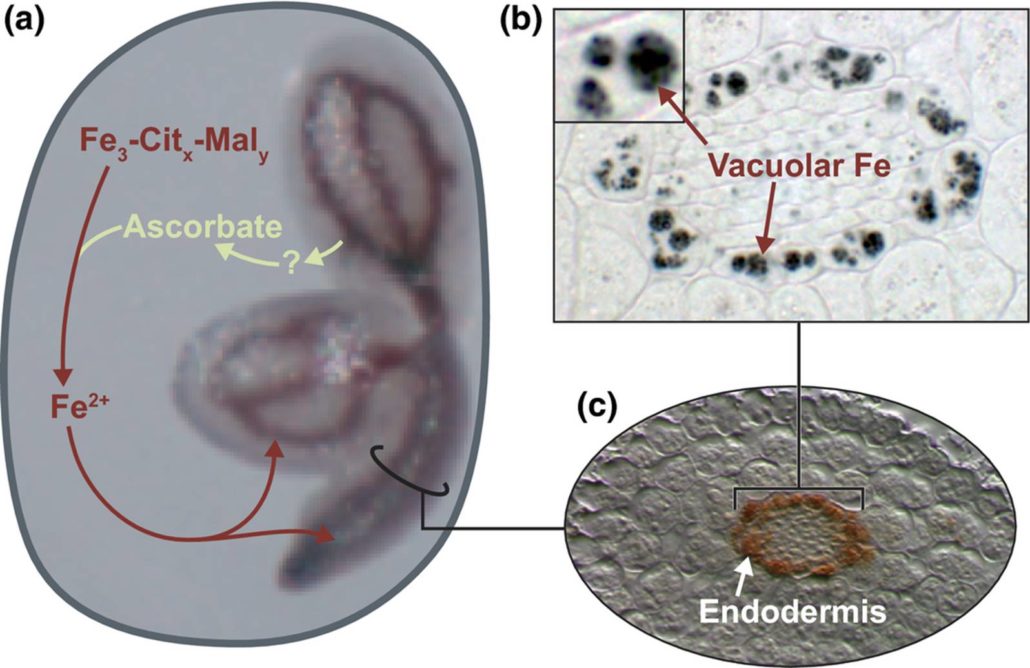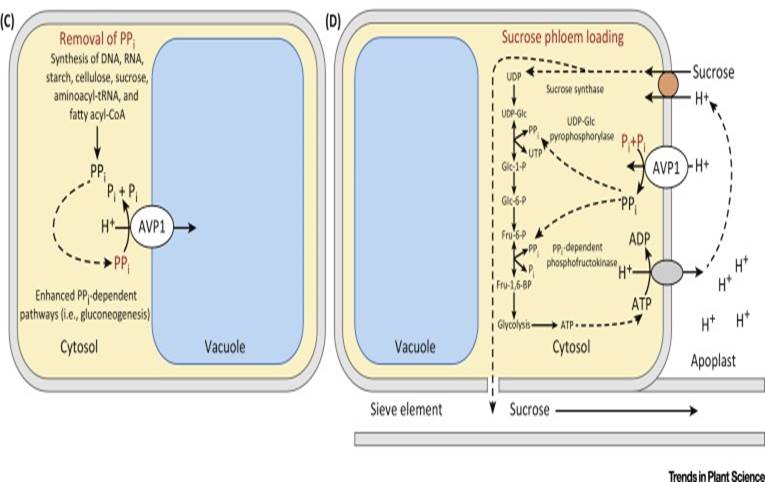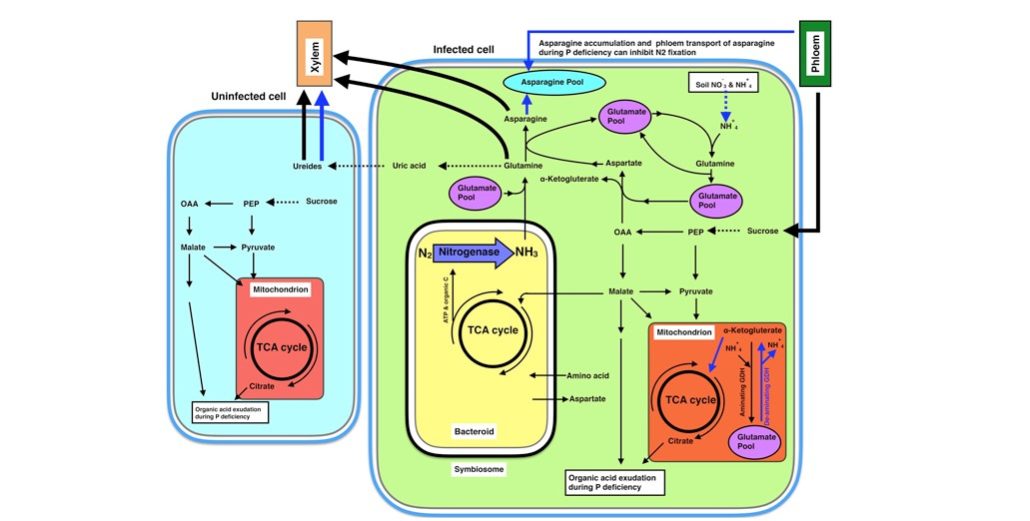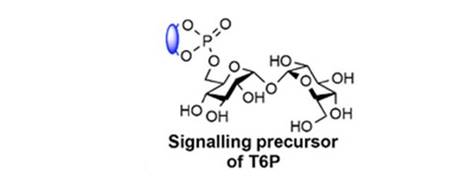
Review: The sexual advantage of looking, smelling and tasting good, the metabolic network that produces signals for pollinators ($)
Plant Science Research Weekly, ResearchThe interaction between angiosperms and their pollinators provides an excellent system to study co-evolution, and underpins the evolution of the biosynthesis of numerous interesting and useful specialized metabolites, from pigments to fragrances. Borghi et al. review the metabolic pathways that produce…

Review: New routes for plant iron mining
Plant Science Research Weekly, Research0 Comments
/
Iron (Fe) is a frequently limiting nutrient for plant growth. Iron uptake requires that plants manipulate the extracellular environment through secretion of protons, chelators and other molecules. Curie and Mari review new studies on the importance of coumarin (phenolic compound) secretion in iron uptake,…

Low Phytate Rice Grains
Plant Science Research Weekly, ResearchPhosphorus (P) is an important macronutrient for crop productivity. In cereal crops like rice, about 60-85% of total plant P is allocated to grains and therefore removed from fields at harvest. Furthermore, the major form of P in the grains is phytate (C6H18O24P6), which cannot be digested by humans…

Review: The many roles of AVP1, a H+-PPase ($)
Plant Science Research Weekly, ResearchThe AVP1 gene encodes a proton-pumping pyrophosphatase (H+-PPase) localized to the vacuolar membrane, which means that it pumps H+ into the vacuole using energy stored in pyrophosphatase (PPi). The direct consequences of its action are the acidification of the vacuole and the removal of PPi from the…

Review: Adaptive strategies for N metabolism in P deficient legume nodules ($)
Plant Science Research Weekly, ResearchLegume nodules fix N, but their function has a high requirement for P, making nitrogen-fixation highly sensitive to P deficiency. Valentine et al. review how P limitation affects nodule function and also how nodules respond and adapt to P deficiency, drawing largely on studies of Virgilia divaricata,…

Review: Transport and homeostasis of K & P ($)
Plant Science Research Weekly, ResearchNitrogen (N), phosphorus (P), and potassium (K) are the three macronutrients required in highest amounts for plant growth. N is abundant in the atmosphere, therefore plentiful if we overlook the energetic costs of converting N2 to usable form. By contrast, K and P are present in limited amounts in the…

Review: Nitrogen sensing in legumes ($)
Plant Science Research Weekly, ResearchAs a consequence of their ability to fix nitrogen in symbiosis with bacteria, legumes make key contributions to ecosystems and provide protein-rich foods for humans and other animals. Recent years have uncovered the nature of the signals involved in the cross-kingdom dialogues that occur between plant…

Plant-permeable trehalose 6-phosphate analogues increase yield and resilience ($)
Plant Science Research Weekly, ResearchTrehalose-6-phosphate (T6P) is a sugar signaling molecule that regulates how plants allocate and use sucrose, which in turn affects stress resilience and yields. Griffiths et al. designed a plant-permeable, photo-activated T6P analogue that is converted to T6P in planta. Spraying this compound onto plants…

Metabolic control of tobacco pollination ($)
Plant Science Research Weekly, Research, Research BlogA germinated pollen grain extends a pollen tube through the stigma and style of the flower to deliver two sperm cells to an ovule. Tip-directed growth of the pollen tube requires a large energy input, but how does the pollen tube obtain energy while growing through the flower tissues? Goetz et al.…

